Loop Guard in STP is a feature designed to mitigate the risks posed by unidirectional links in a Spanning Tree Topology.
You might be asking yourself, "What exactly is a unidirectional link?"
Great question! Let me break it down for you.What is a unidirectional link?

Figure 1 – Fiber optic links use two fibers for full-duplex communication
Imagine you have a fiber optic link between two switches. Fiber optic cables typically consist of two fibers:
One for reception (Rx) => That will make sure you receive traffic on the fiber optic cable
One for transmission (Tx) => That will make sure you can sent your traffic on the fiber optic cable
These two fibers work together to enable two-way communication. However, fiber optic cables can be fragile. If one fiber is broken, you end up with a unidirectional link.

Figure 2 – A unidirectional link occurs when one fiber is broken but interfaces stay up
This means data can flow in only one direction. The real problem?
Your switches might not detect the physical issue. The link will still appear as up/up, even though it’s not functioning properly. Now that you understand how a unidirectional link can occur, let’s move on to why this is a problem for spanning tree protocols (STP).
Answer the question below
What problem does Loop Guard help protect against?
In a typical STP topology:
BPDUs are sent from the Root Bridge to other switches via Designated Ports.
Non-designated ports receive these BPDUs to determine their role in the topology.
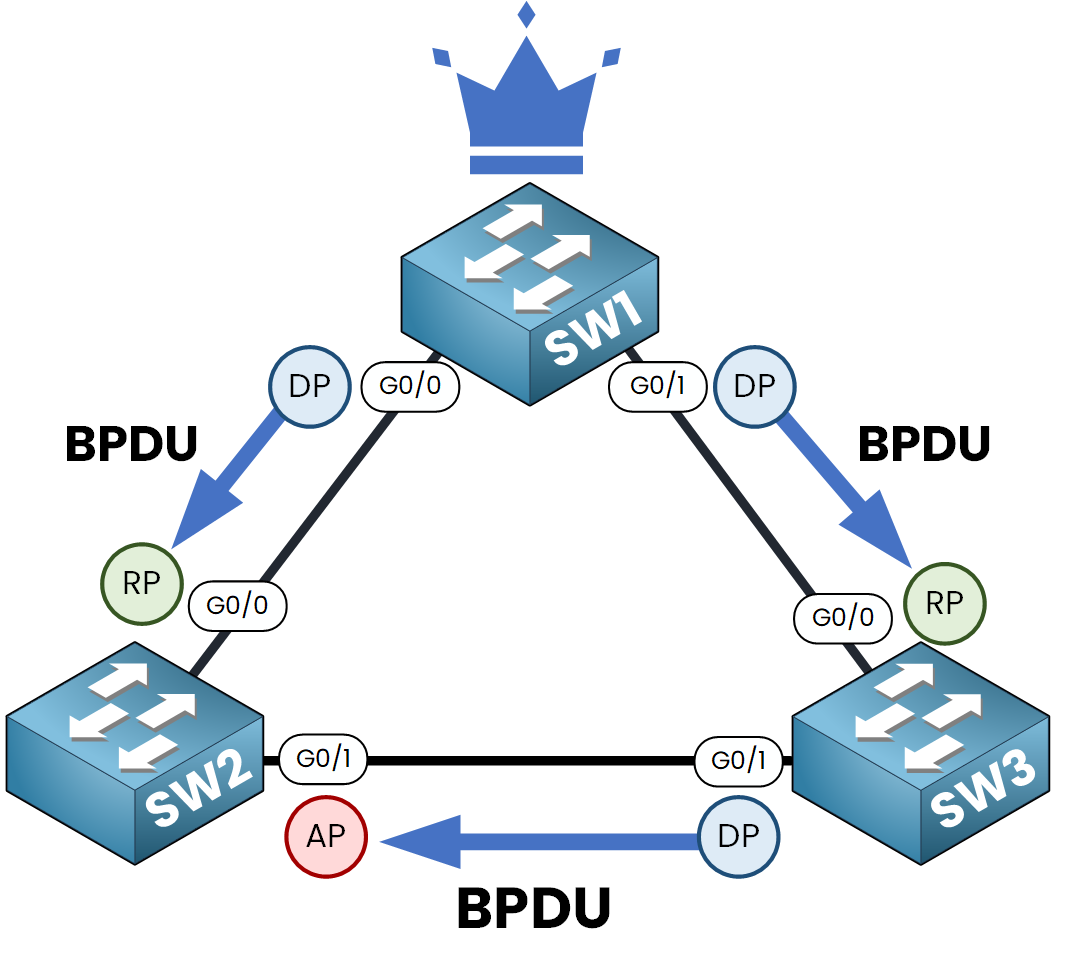
Figure 3 – Normal STP operation with BPDUs received on all ports
What Happens Without Loop Guard?
Now, let’s say the link between SW2 and SW3 is a fiber optic link and one of the fiber is damaged. This unidirectional link will prevent SW3 from sending BPDUs back to SW2.
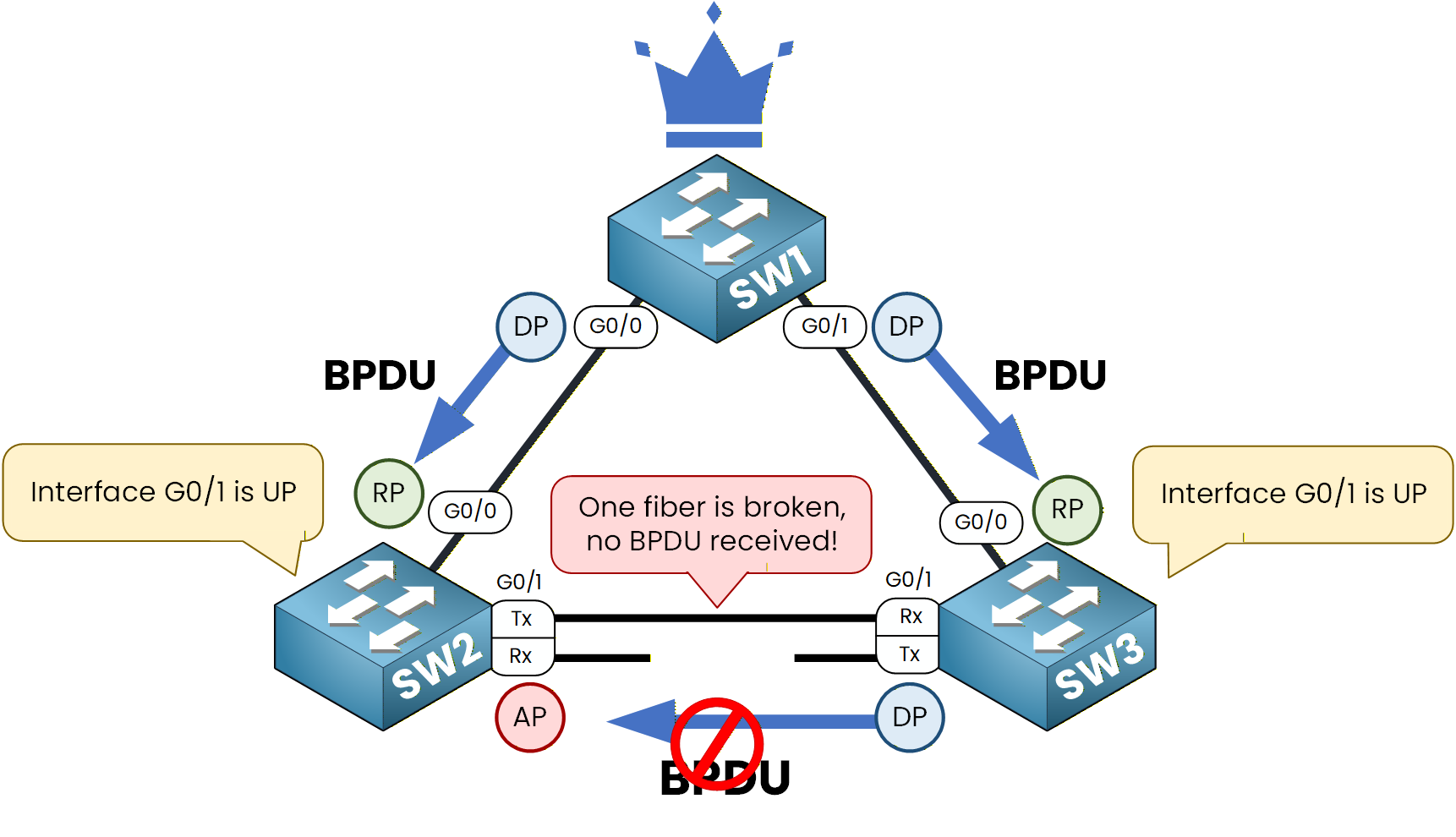
Figure 4 – A broken fiber causes BPDU loss on the unidirectional link
Without Loop Guard:
SW2 G0/1 blocking port will stop receiving BPDUs.
After the Max Age timer expires (20 seconds), SW2 assumes the designated port on SW3 is dead.
SW2 will transitions its blocking port g0/1 into a Designated Port.
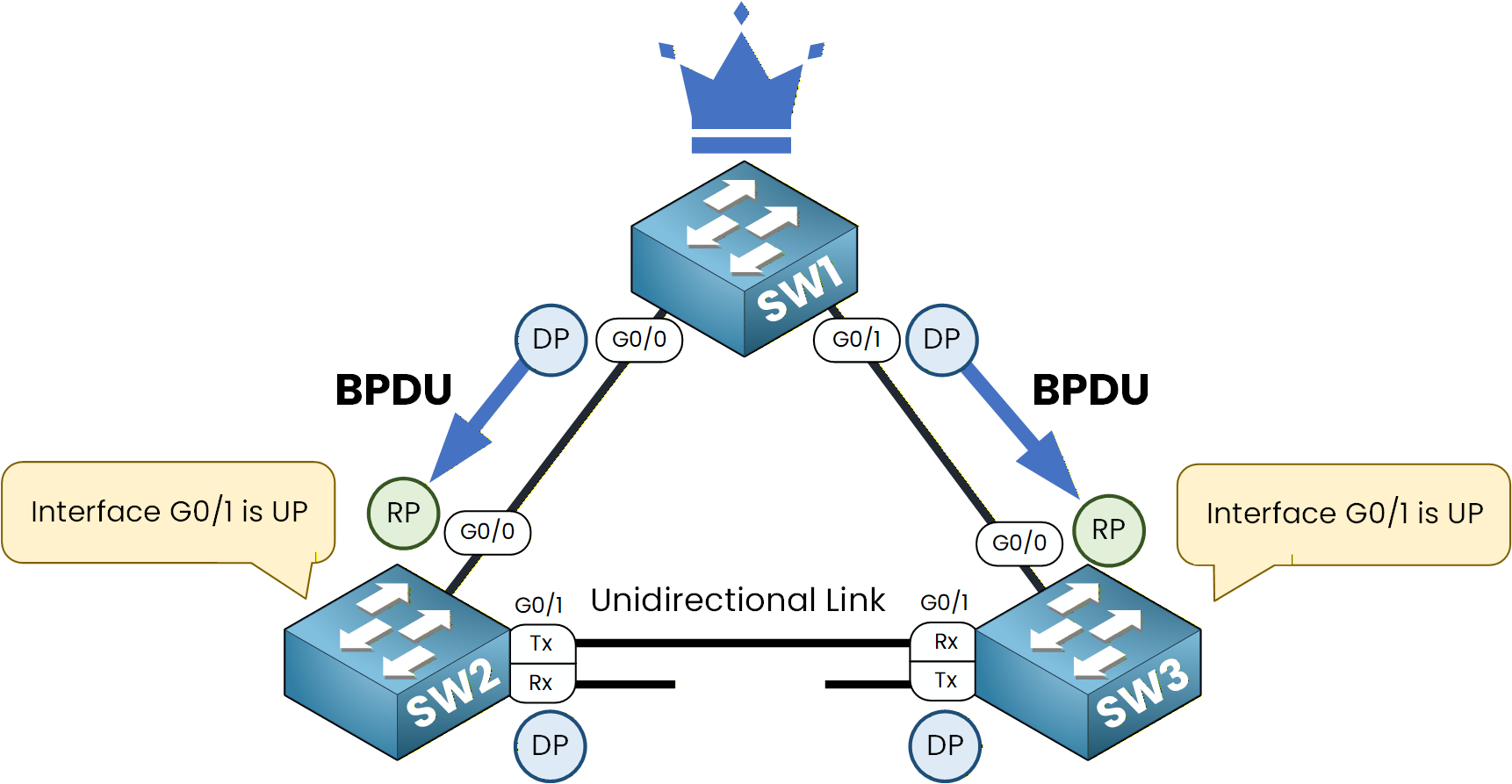
Figure 5 – Without Loop Guard, both ports become Designated
If you look at the spanning tree topology, you’ll notice that there are no longer any blocking ports, which could potentially create a loop!
Example of a Spanning Tree Loop
Let me show you how a spanning tree loop can occur:
PC1 sends a broadcast frame to SW1.
SW1 forwards the frame to SW2 and SW3.
Due to the unidirectional link, SW3 cannot send the broadcast frame back to SW2.
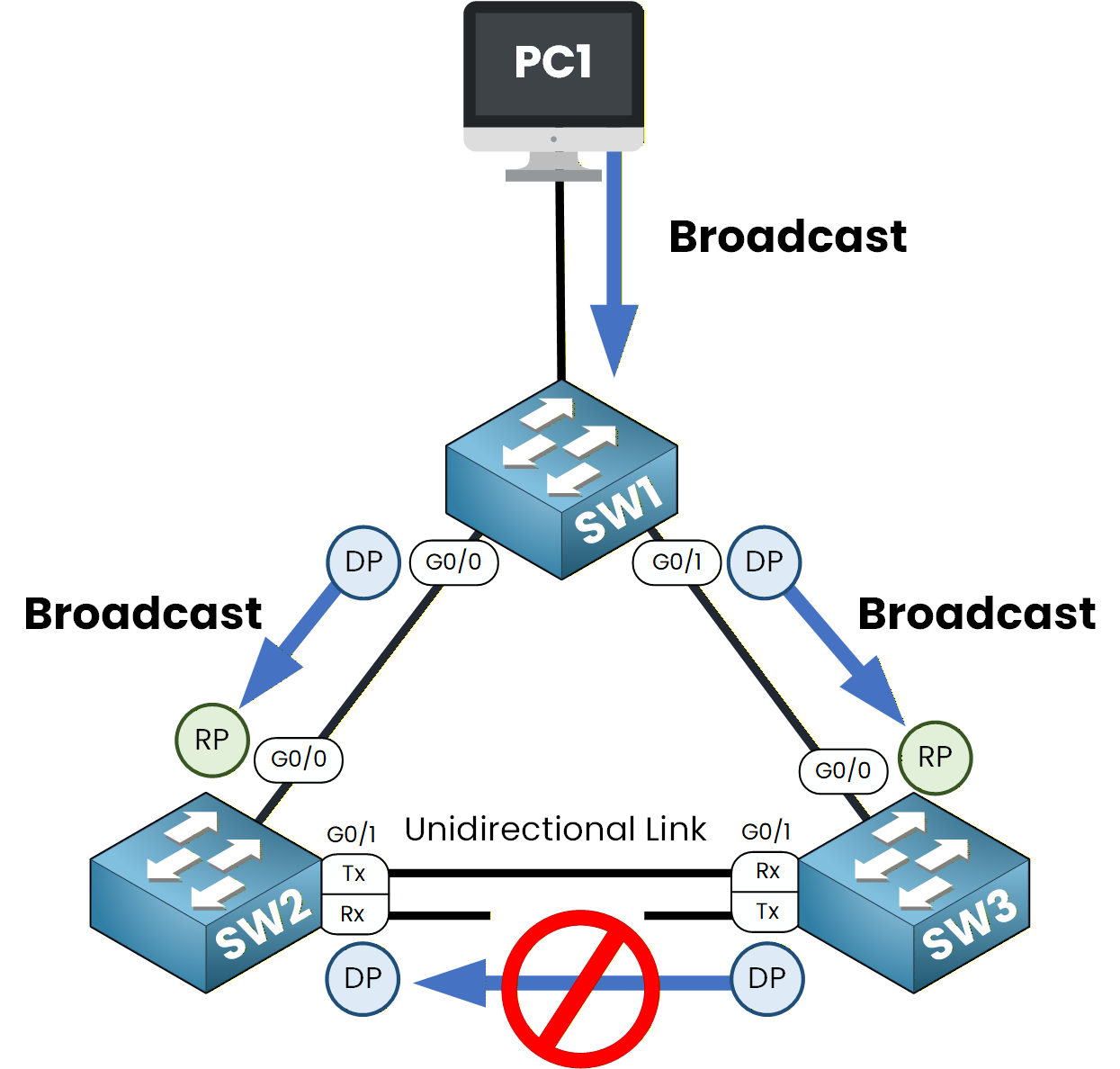
Figure 6 – Broadcast traffic is sent from PC1 and propagated by switches
4. However, SW2 forwards the frame to SW3, which then sends it back to SW1 and the process repeats as the frame returns to SW2 creating a loop.
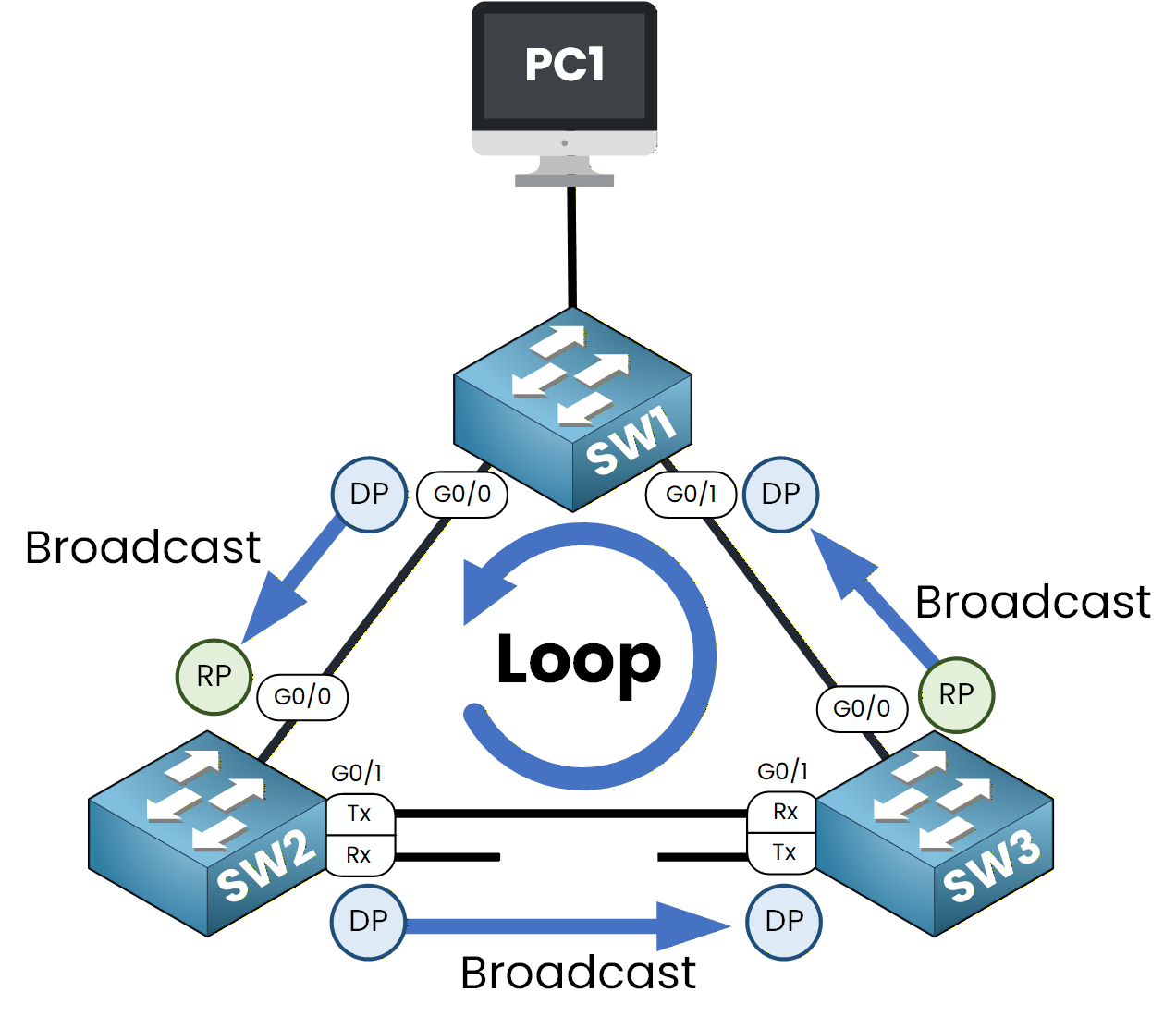
Figure 7 – Unidirectional link causes a broadcast loop between switches
This loop will severely disrupt your network by causing broadcast storms.
Answer the question below
After how many seconds does the Max Age timer expire in STP?
To avoid scenarios like unidirectional links causing spanning tree loops, we have a tool in the Spanning Tree Protocol toolkit called Loop Guard.
40 % Complete: you’re making great progress
Unlock the rest of this lesson
If you’d like to continue your CCNA journey, simply create your free account.
Access all CCNA lessons
Practice with hands-on labs
Train with Practice exams and Quizzes
Progress tracking in your dashboard
Made by network engineers - CCNP certified
learners globally
Loop Guard
Loop Guard in STP protects your network from loops that can occur when a unidirectional link stops receiving BPDUs. In this lesson, you will see how to configure Loop Guard and verify its role in keeping the topology stable.